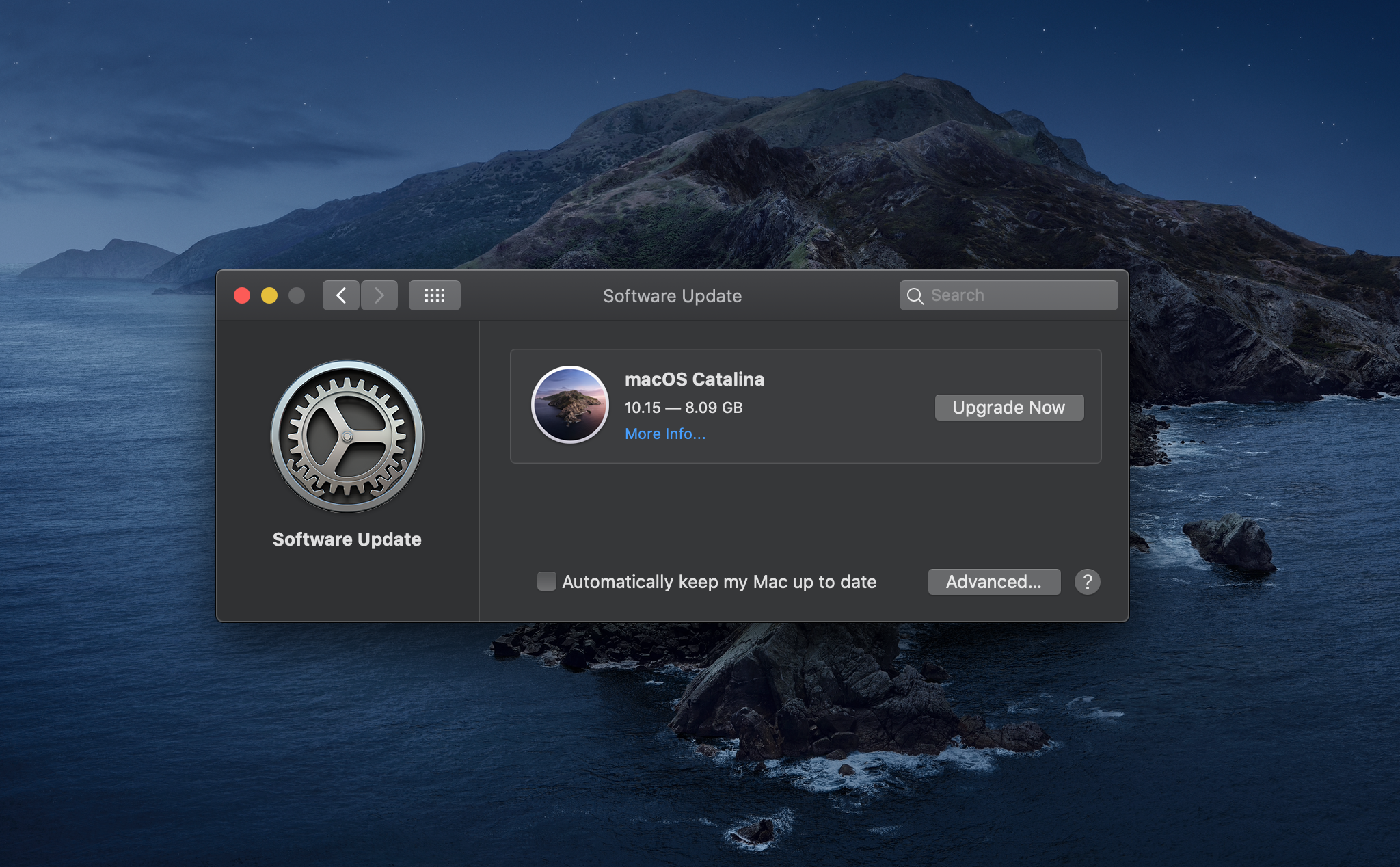

- #Downgrade mac os catalina install
- #Downgrade mac os catalina software
- #Downgrade mac os catalina password
- #Downgrade mac os catalina download
Now your Mac is ready to erase macOS Catalina from the disk. You can skip this step but, considering the Mac users’ experience, the NVRAM resetting removes potential bugs, which are harmful for a new macOS installation. Immediately press and hold the Option(Alt)+Command+P+R keys until your Mac restarts.Click on the Apple menu and select Restart.After deletion, reset NVRAM by completing the next steps:
#Downgrade mac os catalina software
The best way to completely delete an application and all its service files from your Mac is to use the universal App Cleaner & Uninstaller software tool. Moreover, if you noticed that your Mac starts behaving strangely after launching of a particular program on macOS Catalina, you should remove this app. Some users reported that after resetting the nonvolatile random-access memory on a Mac and the macOS Catalina reinstallation, the 10.15 operating system runs perfectly. If one of the reasons you want to downgrade macOS Catalina is some software issue, it may be connected to the information stored in NVRAM.
#Downgrade mac os catalina download
For your convenience, here are the links where you can download macOS High Sierra or macOS Mojave.
#Downgrade mac os catalina install
If you wish to install a macOS from a USB thumb drive, download the desired version of the operating system in advance. Use external storage with the particular macOS installer.This option allows you to reinstall the factory-preloaded macOS that comes with your Mac, or the closest version available. If you regularly make Mac backups, you can install any of them from your external drive before the macOS 10.15. Basically you have several options for installing a macOS: Now you need to think about which macOS you want to use on your computer instead of macOS Catalina. Download macOS Mojave or earlier in advance
#Downgrade mac os catalina password
At the menu bar, click Utilities → from the drop-down menu, select Startup Security Utility → enter either the login password, Apple ID password, or a firmware password if prompted → in the External Boot section, select Allow booting from external media to enable options of the macOS installation for the next steps.ģ. When you see the utilities window, release the keys.

As soon as you see the Apple logo on the screen, press and hold the Command + R keys until the computer boots into Recovery Mode. So, click on the Apple menu and select Restart.



 0 kommentar(er)
0 kommentar(er)
